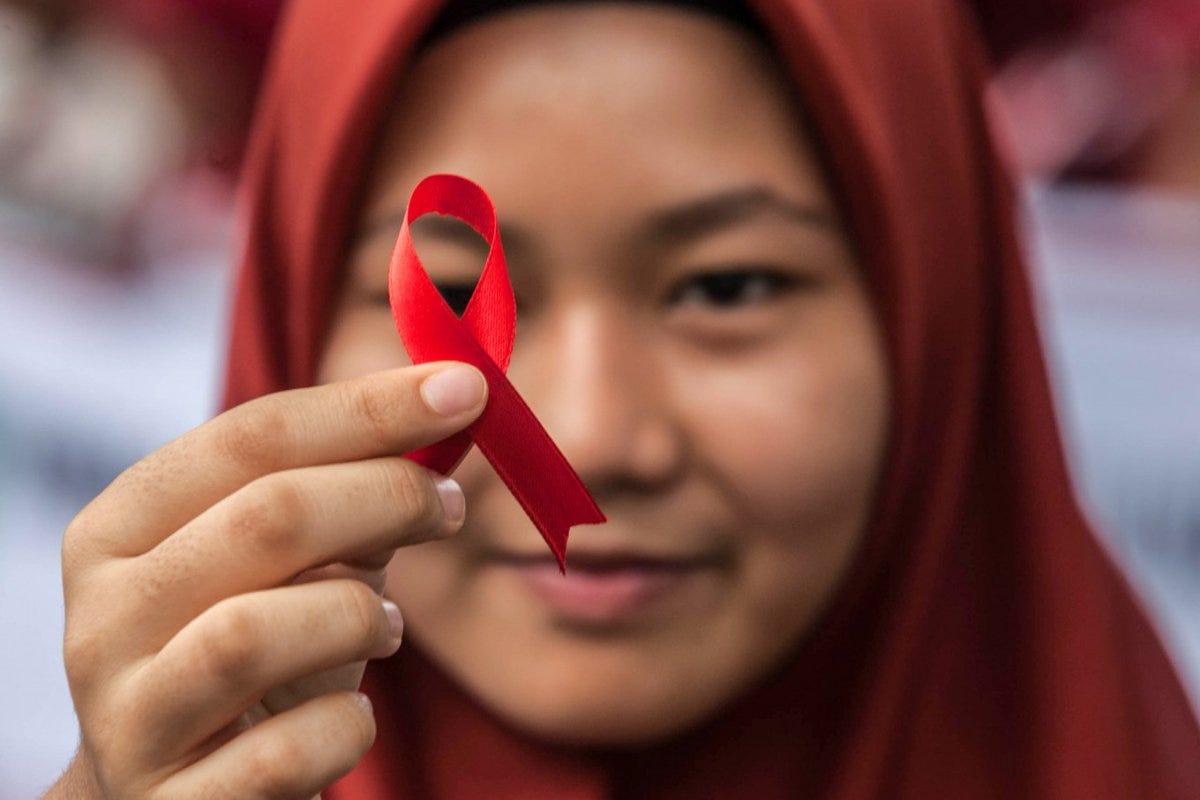Despite Focus on Coronavirus, AIDS Still Looms
HIV epidemic outpacing the AIDS response in Asia Pacific?

By: Bobby Ramakant
With the world’s attention on the damage being wrought on the global health system by the Covid-19 coronavirus, which at this writing now has affected 250,000 people and killed more than 10,000, there are troubling signs that a far worse scourge – HIV – is outpacing the AIDS response, at least in the Asia Pacific.
Since the beginning o…
Keep reading with a 7-day free trial
Subscribe to Asia Sentinel to keep reading this post and get 7 days of free access to the full post archives.
